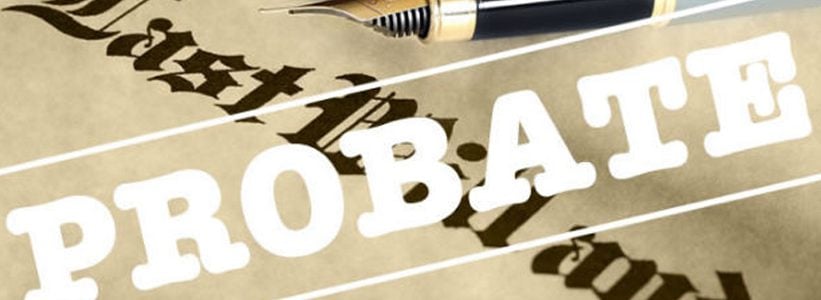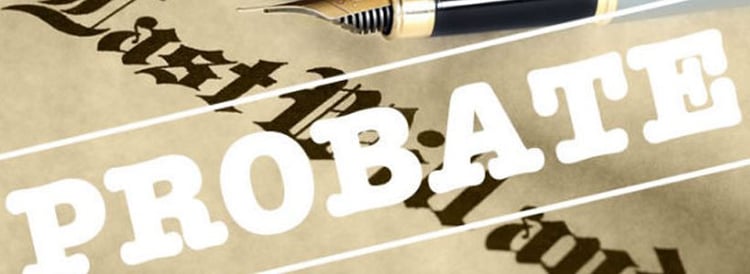The Inevitable Drop
Market Watch says it’s not only possible – it’s probable – that you’ll see one-or-more market...


INTRODUCTION:
Probate is a legal proceeding conducted by a state court that oversees and manages the distribution of your property and estate after you die. Probate rules vary from state to state, but the main purpose of probate is to clear title ownership on your property so that it can pass from you to your beneficiaries as dictated by your will or by the laws of intestacy, if you don’t have a will. The probate process ends in a decree from the court that provides evidence that title has transferred and ensures that the property goes to those family members and loved ones you want to receive it.
STEP #1: The will is filed with the court and an executor (personal representative) is appointed
An executor is the person you choose to manage the distribution of your property when you die according to instructions you give in your will. The executor is responsible for managing the probate process and making sure any outstanding taxes or debts get paid. The person you choose as executor should be someone responsible and trustworthy. It might be a family member or a close friend. It doesn’t necessarily have to be someone you know. Some banks or financial institutions have estate settlement departments you can entrust to manage the probate process for you for a fee. They can act as your executor and hire any lawyers, appraisers, and realtors needed for the probate process.
Tip: If you didn’t have a will, the courts will appoint someone to act as the administrator of your estate. A close relative is usually chosen to serve in this capacity.
STEP #2: Assets are collected and inventoried
The probate court will ask for a complete inventory of all the assets that will be distributed as part of your estate. This property will then be collected and held until the court authorizes the executor to distribute it.
Tip: When making your estate plan, it’s important to keep a list of your property and update it as the years go by. It will make it easier for the probate court and your loved ones when the times comes to distribute your assets after your death.
STEP #3: Debts and taxes are paid out of the assets
Your estate may be subject to estate taxes, which need to be paid by the executor using a portion of the estate assets. An estate tax return must be filed within nine months of the date of death if the estate is greater than the estate tax exemption amount. Creditors are also allowed to make claims on any unpaid debts you leave behind. It’s the executor’s responsibility to make sure these bills get paid.
STEP #4: Assets are distributed to beneficiaries
Whatever remains after paying the taxes and any outstanding debts is then distributed by the executor to the beneficiaries. The executor must file a final account with the probate court, which lists all expenses and distributions.
Tip: There are going to be some things – like furniture, clothing jewelry, family heirlooms, and personal possessions – that may lack specific distribution instructions in your will. It’s important to have some kind of written plan for making sure these possessions are passed on to loved ones fairly and equally without causing conflict or rivalries.
CONCLUSION:
Now you know the four main steps to the probate process! First, the will is filed with the court and an executor is appointed. Then, assets are collected and inventoried. Finally, remaining debts are paid out and the assets and distributed to beneficiaries. It is important to remember that if you don't have a will or trust in place, your estate will be distributed by the courts according to the laws of intestacy. These laws, which vary from state to state, determine who will receive your property at the time of your death and the amount each living beneficiary is entitled to receive.
Market Watch says it’s not only possible – it’s probable – that you’ll see one-or-more market...